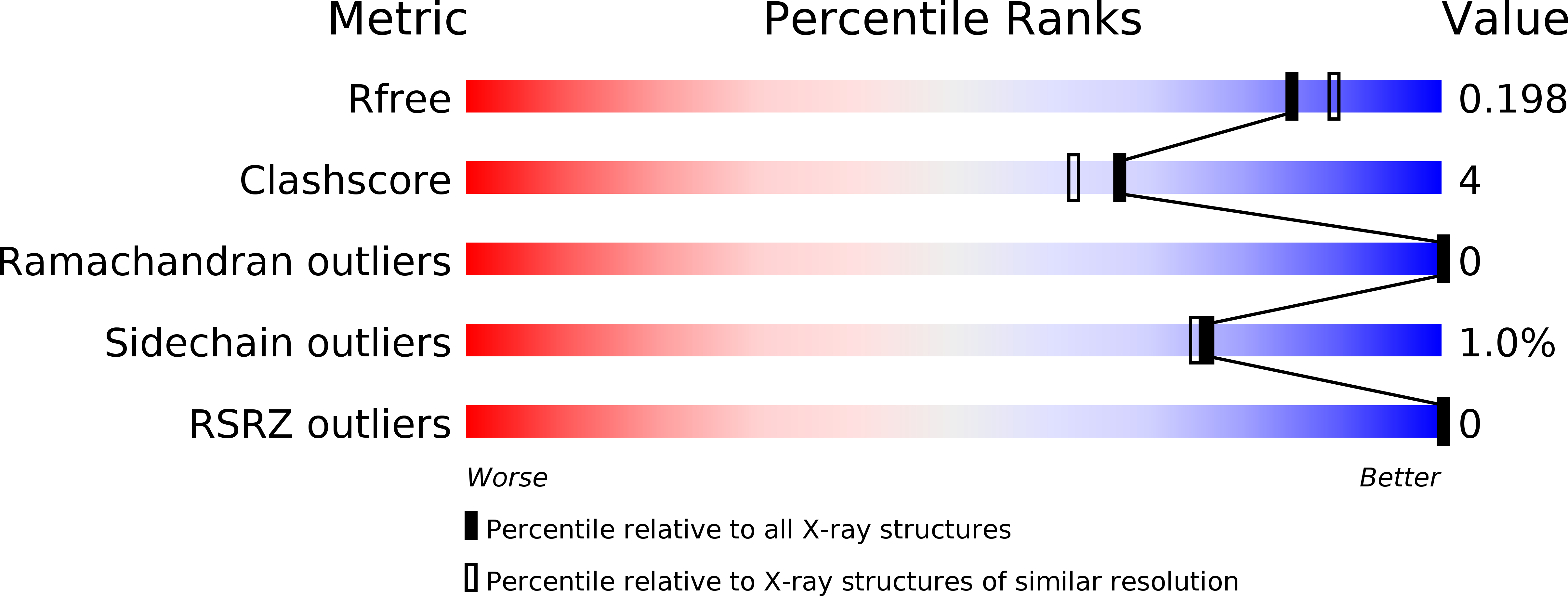
Deposition Date
1998-09-19
Release Date
1999-09-18
Last Version Date
2024-10-30
Method Details:
Experimental Method:
Resolution:
1.92 Å
R-Value Free:
0.21
R-Value Work:
0.14
Space Group:
P 1 21 1


